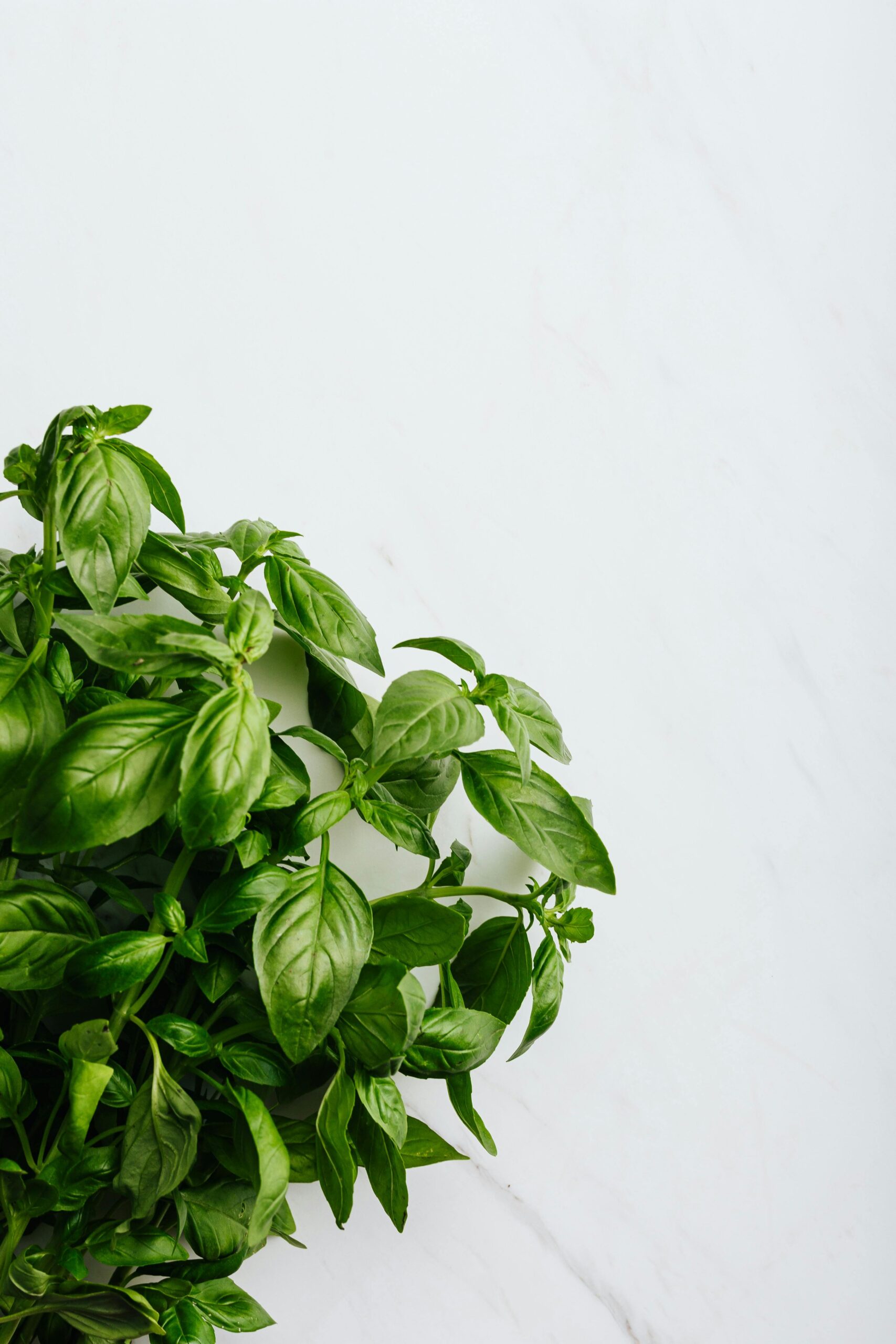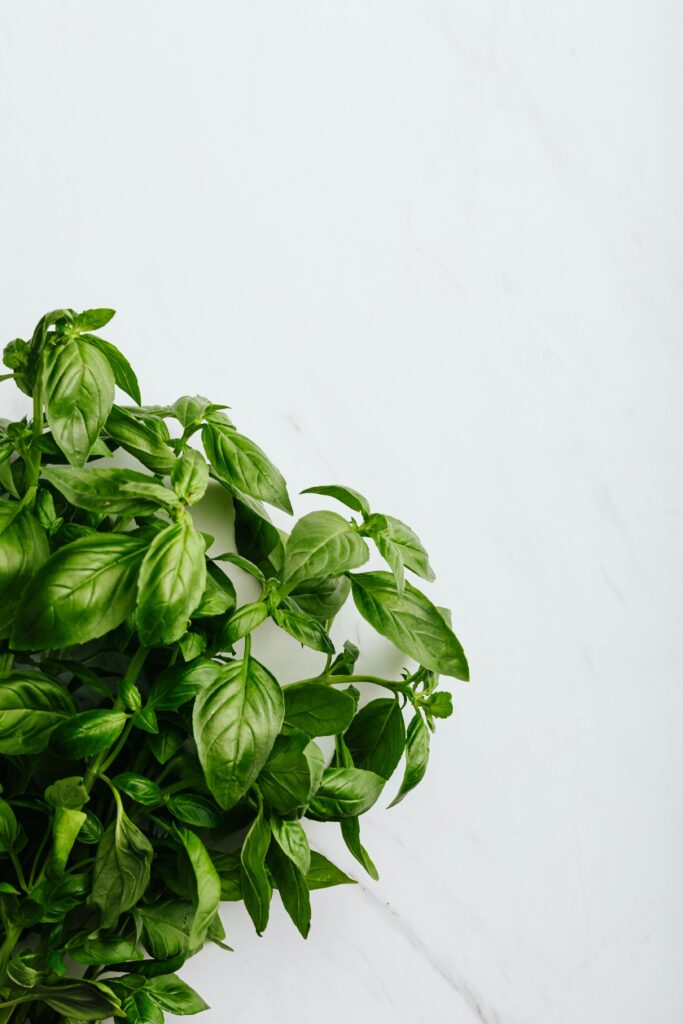
In the world of herbs, there is one that stands out for its versatility and aromatic charm: basil. Whether you’re a seasoned gardener or just starting your journey into the wonderful world of growing your own herbs, mastering the art of growing basil is a must. From its humble beginnings as a tiny seed to becoming a flavorful seasoning that elevates dishes to new heights, basil has captured the hearts and palates of culinary enthusiasts worldwide. But how exactly can you unlock the secrets to successfully growing this herb? Fear not, for in this comprehensive guide, we will take you on a journey from seed to seasoning, unveiling every step of the process to help you become a basil-growing maestro. Whether you have a spacious garden or just a small balcony, you too can enjoy the satisfaction of plucking fresh basil leaves straight from your own herb oasis. In this blog post, we will explore the fascinating world of basil cultivation, providing you with valuable insights, expert tips, and practical advice on how to grow basil like a pro. We’ll delve into the various types of basil, discussing their unique characteristics and flavors, and guide you through the process of selecting the perfect variety for your needs. From preparing the soil and planting the seeds to nurturing the plants and ensuring optimal growth conditions, we’ll cover it all, leaving no stone unturned. So, whether you’re an aspiring chef looking to elevate your culinary creations or simply a green thumb enthusiast seeking to expand your herb garden repertoire, this blog post is your ultimate guide to mastering the art of growing basil. Get ready to embark on a journey that will not only tantalize your taste buds but also nurture your gardening skills. Let’s dive in and unlock the secrets to cultivating a thriving basil garden that will have you reaching for the fragrant leaves time and time again.

The Benefits of Growing Basil at Home
There are numerous benefits to growing basil at home. Not only does it provide you with a fresh and abundant supply of this versatile herb, but it also allows you to enjoy the many health benefits that basil has to offer. Basil is rich in essential nutrients, including vitamins A, C, and K, as well as minerals like calcium and iron. It is also packed with antioxidants that help protect your body against free radicals and reduce inflammation.
Having a basil plant in your garden or on your balcony also adds beauty and fragrance to your outdoor space. The lush green leaves and delightful aroma create a soothing ambiance that can enhance your overall well-being. Plus, growing basil at home gives you the convenience of having this culinary staple readily available whenever you need it. No more last-minute trips to the grocery store!
Selecting the Right Basil Seeds for Your Garden
When it comes to selecting basil seeds for your garden, there are several factors to consider. First and foremost, choose a variety that suits your taste preferences and culinary needs. There are many different types of basil available, each with its own unique flavor profile.
If you’re a fan of traditional Italian cuisine, Genovese basil is an excellent choice. It has a sweet yet slightly peppery taste that pairs perfectly with tomatoes and mozzarella in classic Caprese salads or homemade pesto sauce. For those who prefer a more citrusy flavor, lemon basil is an excellent option. Its bright and zesty notes add a refreshing twist to salads and seafood dishes.
Another important consideration when selecting basil seeds is the climate in which you live. Some varieties are more heat-tolerant than others, making them better suited for warmer regions. On the other hand, certain types thrive in cooler temperatures.
Preparing the Soil for Basil Cultivation
Before planting your basil seeds, it’s crucial to prepare the soil properly. Basil prefers well-draining soil that is rich in organic matter. Start by removing any weeds or debris from the area where you plan to grow your basil. Loosen the soil with a garden fork or tiller to improve its texture and allow for better root penetration.
Next, amend the soil with compost or well-rotted manure to enrich its nutrient content. This will provide your basil plants with the essential elements they need for healthy growth. Incorporate the organic matter into the soil using a garden rake, ensuring it is evenly distributed.
It’s also a good idea to perform a soil pH test before planting your basil seeds. Basil thrives in slightly acidic to neutral soil, with a pH range of 6.0 to 7.5 being ideal. If necessary, adjust the pH level by adding lime to raise it or sulfur to lower it.
Planting Basil Seeds: Step-by-Step Instructions
Now that you have prepared the soil, it’s time to plant your basil seeds. Follow these step-by-step instructions for successful germination and growth:
- Sow the seeds: Scatter the basil seeds evenly over the prepared soil surface. Avoid overcrowding by leaving at least 6 inches of space between each seed.
- Cover and water: Gently cover the seeds with a thin layer of soil or vermiculite, about ¼ inch deep. Water thoroughly but gently using a watering can or hose with a gentle spray attachment.
- Maintain moisture: Keep the soil consistently moist but not waterlogged during germination. Water whenever the top inch of soil feels dry to the touch.
- Provide warmth and sunlight: Basil seeds require warm temperatures to germinate successfully. Place the seed trays or pots in a warm location that receives at least 6-8 hours of sunlight per day.
- Thin out seedlings: Once the basil seedlings have grown their first set of true leaves, thin them out to allow for proper airflow and prevent overcrowding. Remove the weaker seedlings, leaving only the healthiest ones.
By following these planting instructions, you’ll soon see your basil seeds sprout and grow into healthy plants ready for the next stage of cultivation.
Watering and Fertilizing Your Basil Plants
To ensure optimal growth and flavor development, it’s essential to provide your basil plants with adequate water and nutrients.
Basil requires regular watering to keep the soil consistently moist but not waterlogged. Water deeply whenever the top inch of soil feels dry to the touch. Avoid overhead watering, as wet foliage can increase the risk of fungal diseases. Instead, aim to water at the base of the plants using a soaker hose or drip irrigation system.
In addition to water, basil also benefits from regular fertilization. Start by incorporating a slow-release organic fertilizer into the soil before planting your basil seeds. This will provide a steady supply of nutrients throughout the growing season. As your basil plants mature, you can supplement with liquid fertilizer every 2-3 weeks to promote vigorous growth and enhance flavor.
Protecting Your Basil from Pests and Diseases
Basil is generally a hardy herb that is relatively resistant to pests and diseases. However, there are still a few common issues that you may encounter when growing basil.
One of the most common pests that affect basil plants is aphids. These tiny insects feed on the sap of the plant, causing stunted growth and yellowing leaves. To control aphids, you can spray your basil plants with a mixture of water and dish soap or use an organic insecticidal soap.
Fungal diseases, such as powdery mildew and downy mildew, can also affect basil. To prevent these diseases, avoid overhead watering and ensure proper air circulation around your plants. If necessary, apply a fungicide labeled for use on edible herbs according to the manufacturer’s instructions.
Regularly inspect your basil plants for any signs of pests or diseases. Early detection and prompt action are key to preventing widespread infestations or infections.
Pruning and Harvesting Your Basil Plants
Pruning is an essential practice in basil cultivation that helps promote bushier growth and prolongs the harvest season. When your basil plants reach about 6 inches in height, pinch off the top set of leaves just above a leaf node. This will encourage lateral branching and prevent the plant from becoming too leggy.
Throughout the growing season, continue to pinch off any flower buds that appear. Basil plants tend to focus their energy on flowering rather than producing leaves once they start blooming. By removing the flowers, you can extend the life of your basil plant and enjoy a bountiful harvest.
To harvest your basil leaves, wait until the plants have reached a height of at least 6-8 inches. Using clean scissors or garden shears, cut just above a leaf node to encourage new growth. Harvesting regularly promotes bushier growth and ensures a continuous supply of fresh leaves throughout the season.
Preserving Fresh Basil for Future Use
When you have an abundance of fresh basil, it’s a good idea to preserve some for future use. There are several methods you can use to extend the shelf life of your basil:
Freezing: One of the easiest ways to preserve basil is by freezing it. Simply wash and dry the leaves, then place them in a freezer bag or container. Alternatively, you can chop the leaves and freeze them in ice cube trays with a little water or olive oil.
Drying: Another option is to air-dry your basil leaves. Tie small bunches together and hang them upside down in a cool, well-ventilated area away from direct sunlight. Once completely dry, crumble the leaves and store them in an airtight container.
Pesto: Basil is the star ingredient in classic pesto sauce. Blend fresh basil leaves with garlic, pine nuts, Parmesan cheese, and olive oil until smooth. Spoon the pesto into ice cube trays and freeze for individual portions that can be easily thawed whenever needed.
Creative Uses for Basil in the Kitchen
Basil is a versatile herb that adds flavor and freshness to a wide range of dishes. While it’s most commonly associated with Italian cuisine, its vibrant taste pairs well with various culinary styles.
Add fresh basil leaves to salads for an aromatic twist or use them as a garnish on soups and stews. Incorporate chopped basil into pasta sauces or sprinkle it over pizzas for an extra burst of flavor. You can also infuse olive oil with basil to create a fragrant dressing or marinade.
Basil isn’t limited to savory dishes alone; it also shines in sweet treats. Combine chopped basil with strawberries or peaches for a refreshing fruit salad. Infuse cream or milk with basil to create a unique ice cream or sorbet flavor. The possibilities are endless when it comes to getting creative with basil in the kitchen.
Conclusion: Becoming an Herb-Growing Aficionado with Basil
Growing basil at home is a rewarding experience that allows you to enjoy the many benefits of this versatile herb. From its nutritional value and aromatic charm to its culinary versatility, basil has earned its place as a staple in herb gardens worldwide.
By following the steps outlined in this comprehensive guide, you can become a basil-growing maestro in no time. From selecting the right seeds and preparing the soil to planting, nurturing, and harvesting your basil plants, each stage of cultivation plays a crucial role in ensuring successful growth and abundant harvests.
So, whether you’re an aspiring chef looking to elevate your culinary creations or simply a green thumb enthusiast seeking to expand your herb garden repertoire, growing basil is an art worth mastering. Get ready to embark on a journey that will not only tantalize your taste buds but also nurture your gardening skills. With patience, care, and a dash of creativity, you’ll soon be enjoying the fruits (or rather leaves) of your labor as you savor the vibrant flavors of fresh basil straight from your own garden.







Leave a Reply